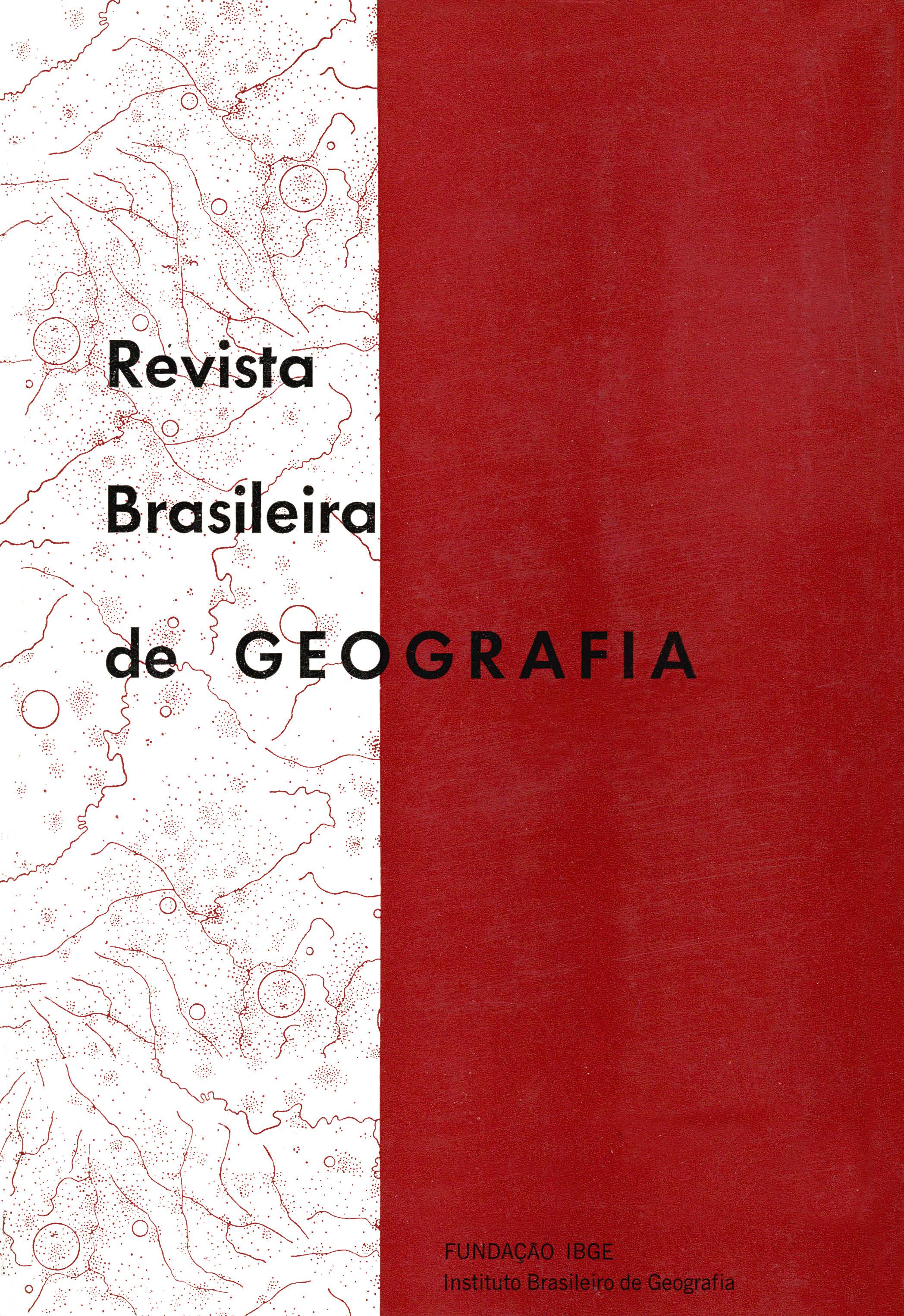Diagnóstico do desmatamento nos maciços da Tijuca, Pedra Branca e Gericinó, Município do Rio de Janeiro
Palavras-chave:
Rio de Janeiro - RJ, Rio de Janeiro - Estado, Branca, Pedra - Rio de Janeiro, RJ, Parque Nacional da Tijuca - Rio de Janeiro, RJ, Ecologia, Recursos naturais, DesmatamentoResumo
The progressive deterioration of the environmental conditions of the city of Rio de Janeiro - a problem that has long been worrying the Prefecture - has given rise to this paper which approaches the changes of the vegetation cover in the "município". Its objective is to suggest that measures must be taken in order to protect the ecosystems of the region.
The land-use mapping - scale of 1:50,000 - has resulted from the utilization of Remote Sensing techniques (Landsat MSS products), allowing the present deforestation rhythm to be verified. Additional information has also been obtained from IBDF, FEEMA, FUNDREM and FIDERJ.
The deforestation in the "município" began in the XVI century. The first steps to protect the floristic covering have been taken in the XIX century through specific legislation. Despite conservationist measures, the evolution process of deforestation continues till today, altering the scenery of our forests.
The 6-year-monitoring (1972-1978) has proved that the deforestation in the areas of the massifs of Pedra Branca, Tijuca and Gericinó becomes more and more serious and suffers the effects of improper land use.
For the sake o! a better understanding, the "municipio" has been divided into 9 sections which comprise the 24 Administrative Regions. The analysis has defined deforestation as any area above the quota of 100 meters. By means of descriptive comments, several features have been considered: forest spots and vestiges of the former cover; intense deforestation; areas occupied by some slums; residential zones penetrating into green areas; grasses that easily increase on forest slopes; deforestation expansion caused by the installation of TV Transmitting Towers, by Furnas transmission line, pastoral activities on forest reserves, lands divided into lots and uninhabited areas.
The analysis has shown that the remainder o! the forests is restricted to the crest line of the mountains, to the secondary vegetation o! the Protective Forests and to the reserve of the Parque Nacional da Tijuca, inaccessible to predatory activities.
The legislation created for forest defense has been mentioned (1). It quotes and delimits the areas that are protected for preserving the environment, also emphasizing the creation of reserves, forests and parks.
Concerning 1972 and 1978, measurements of the deforested area above the quota of 100 have been made, determining 92.255² km and 106.245 km² respectively. Thus, a growth rate of 10.38% has been found for the period.
The "Secretaria Munlclpal de Planejamento e Coordenação Geral" has proposed the creation of the Program for the Environment Protection (Programa de Proteção ao Meio Ambiente - PROMAM), with the purpose of adopting short-term, medium-term and long-term measures, directing all the resources available to reestablish the harmony between man and his environment.






